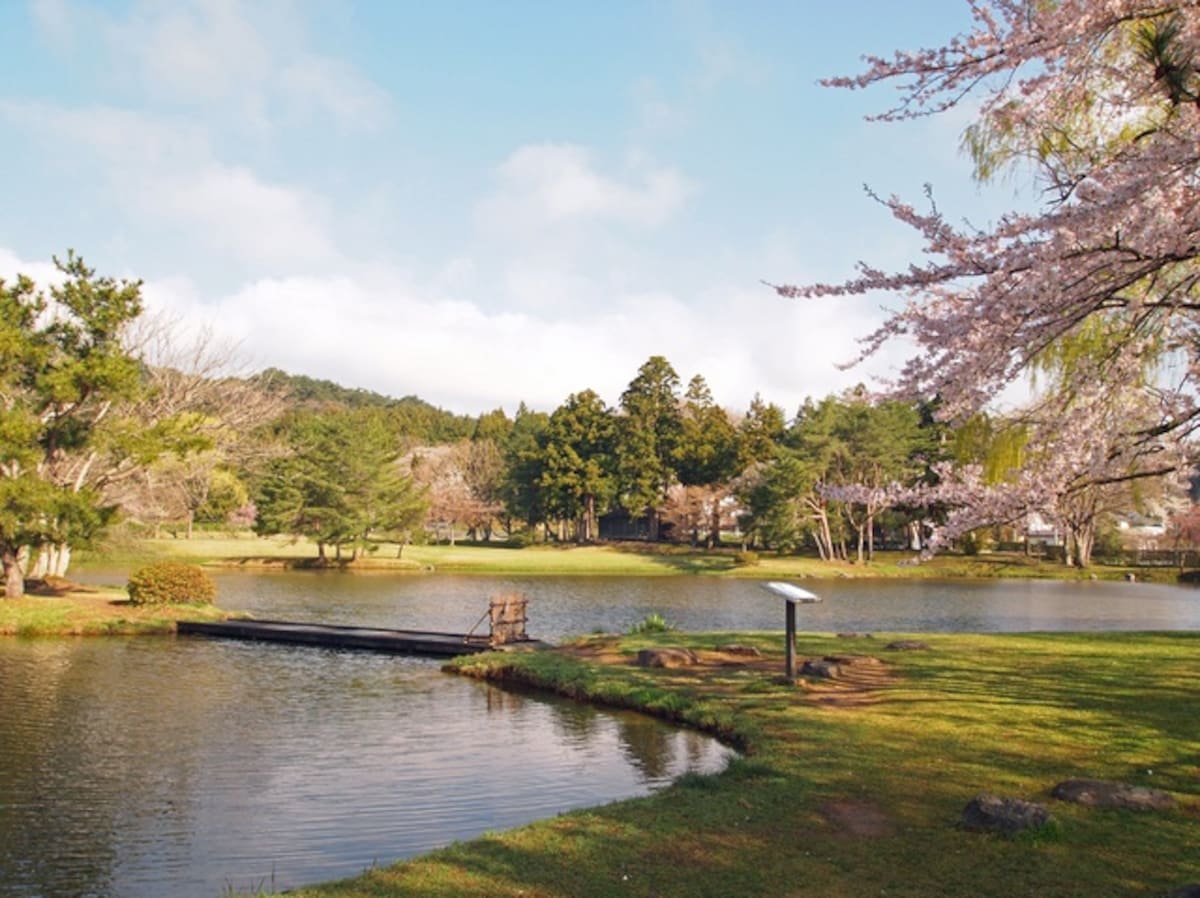Hiraizumi: Pure Land Heritage
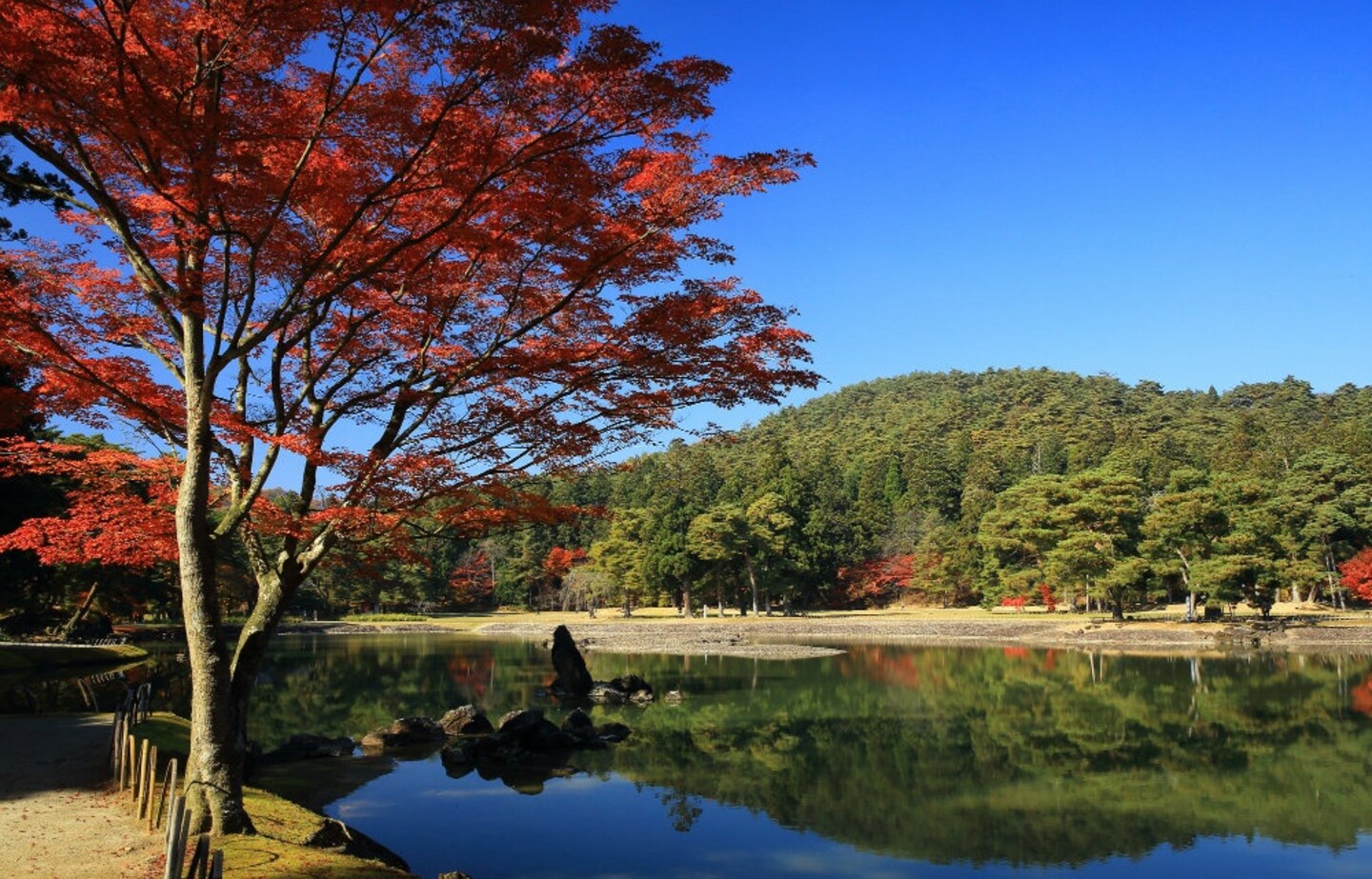
The World Heritage Committee of UNESCO decided on June 25, 2011, to add "Hiraizumi—Temples, Gardens and Archaeological Sites Representing the Buddhist Pure Land" to UNESCO's World Heritage List.
By Highlighting Japan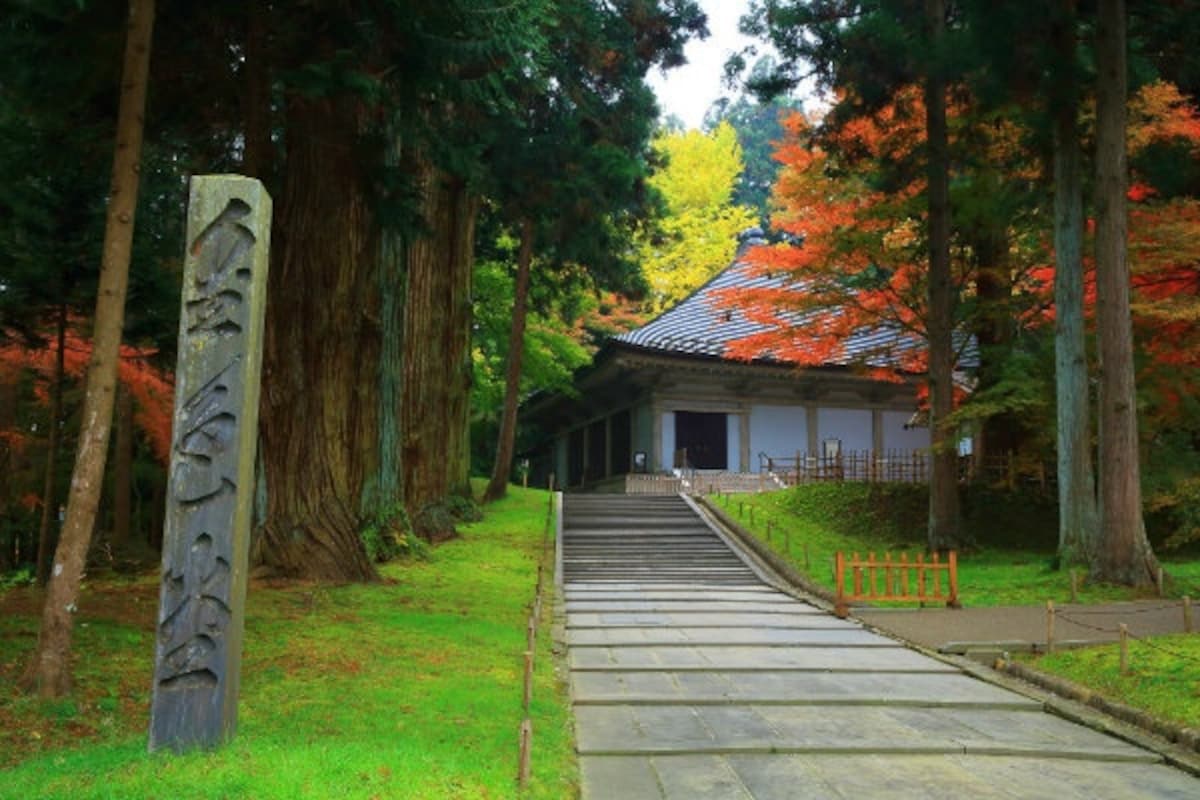
Hiraizumi in Iwate Prefecture was the administrative center of warlords of the Fujiwara family in the 12th century and flourished for four generations, or around 100 years.
The core of Hiraizumi is Chuson-ji Temple, which is included in the site added to the World Heritage list. Chuson-ji was built by Fujiwara no Kiyohira (1056–1128), who formed the basis for the prosperity of Hiraizumi. Having lost his father, wife and children, Kiyohira built Chuson-ji based on his philosophy of consoling both friends and foes who died in battle and creating a peaceful society free of war. The construction of Chuson-ji started in 1105 and took a quarter of a century.
The temple is said to have 40 halls and pagodas and 300 residences for Buddhist monks. Kiyohira's son Motohira (1105?–1157) and grandson Hidehira (1122?–1187) carried on Kiyohira's philosophy and built Motsu-ji and Muryoko-in, respectively, both of which were included in the World Heritage listing.
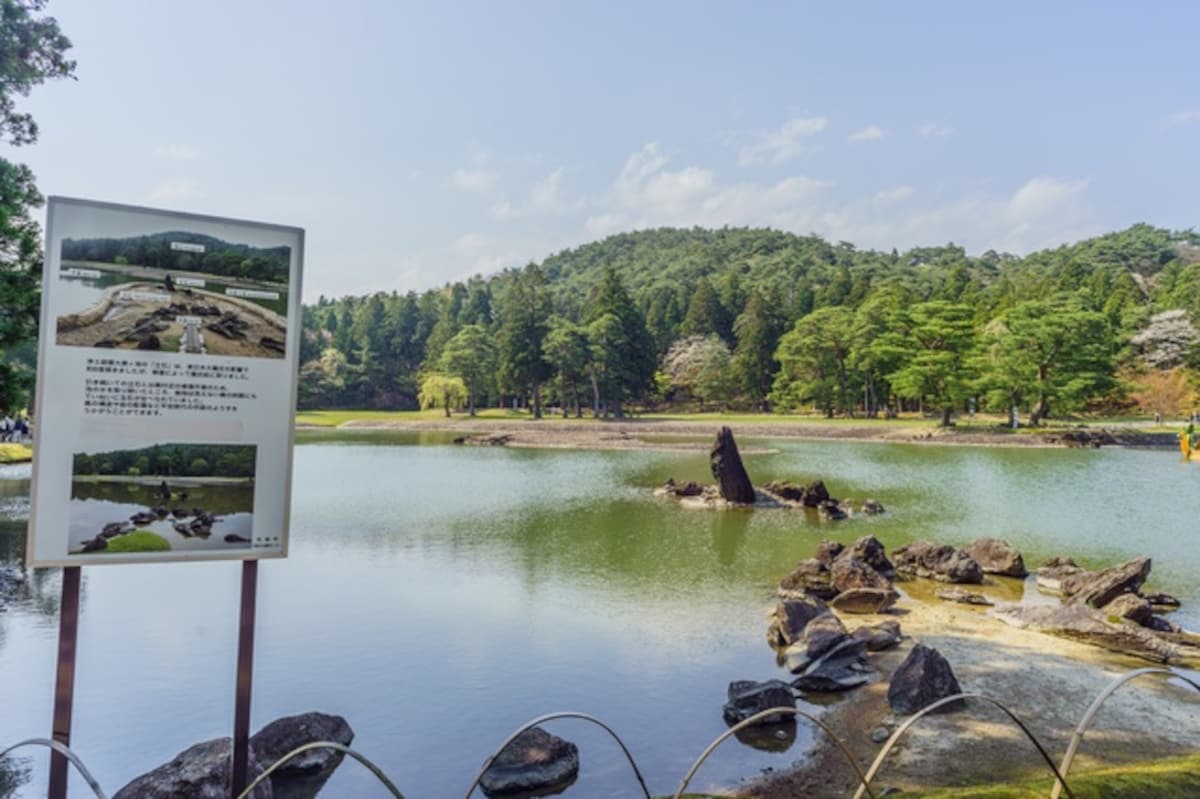
In addition to Chuson-ji, Motsu-ji and the remains of Muryoko-in, the remains of Kanjizaio-in and Mount Kinkeisan have been World Heritage listed. The reason for the designation of those structures and artifacts as World Heritage Sites is that the temples and gardens as a whole that were created based on Pure Land Buddhism, the basis of the philosophy of the Fujiwara family, are well preserved. Pure Land Buddhism is a branch of Buddhism in which people pray for peace and security on Earth while aspiring to go to the Pure Land, where Buddha resides, after death.
One of the buildings representing Pure Land Buddhism in Hiraizumi is the Chuson-ji's Konjikido (golden hall), which was completed in 1124. The Konjikido is in Chusonji's Konjikido O-ido (covering hall) and is the only building that remains from the time Chuson-ji was built. The inside and outside of the Konjikido were covered by gold leaf. The building is decorated with ornaments made of turban shells, metal openwork, and gold and silver lacquer.
UNESCO Listing
"Hiraizumi—Temples, Gardens and Archaeological Sites Representing the Buddhist Pure Land (Japan)" comprises five sites, including Mount Kinkeisan.
1. Chuson-ji
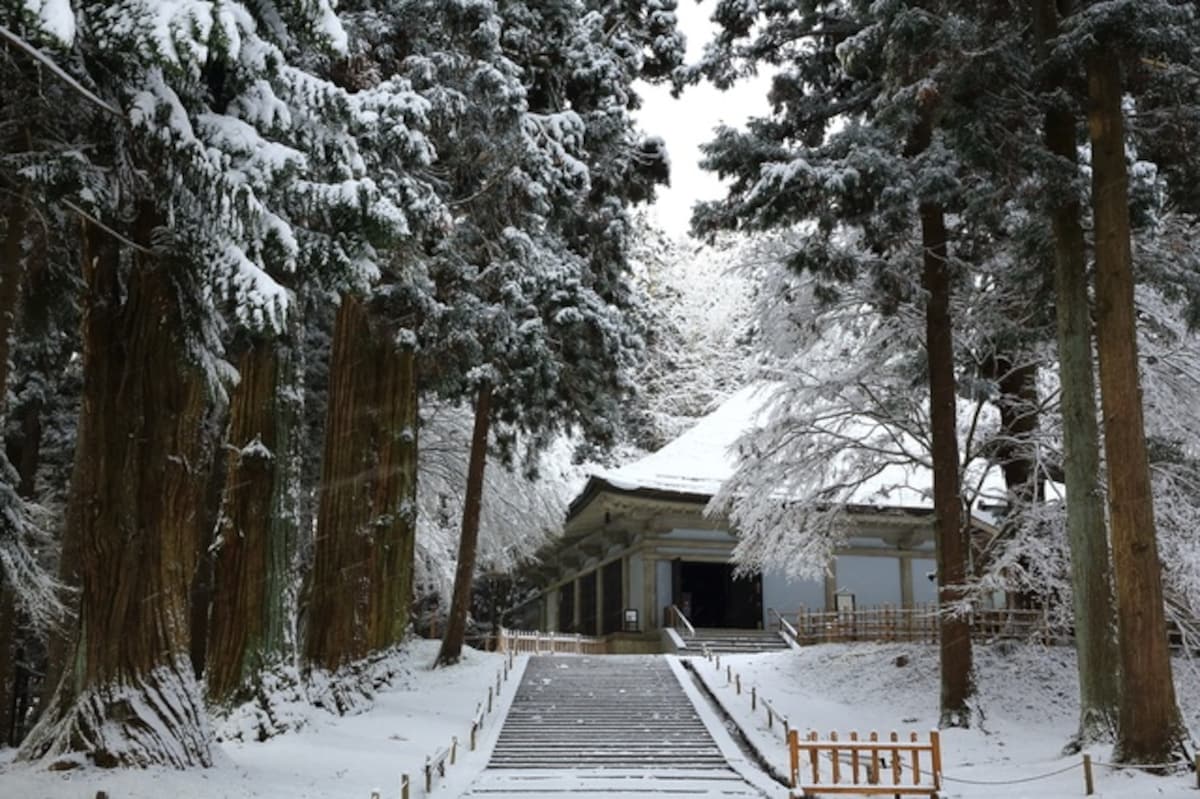
There are 11 Buddhist statues in Chuson-ji's Konjikido Hall. The four bodies of the Fujiwara family rest here. Many buildings of Chuson-ji were destroyed by fire in 1337.
2. Mount Kinkeisan
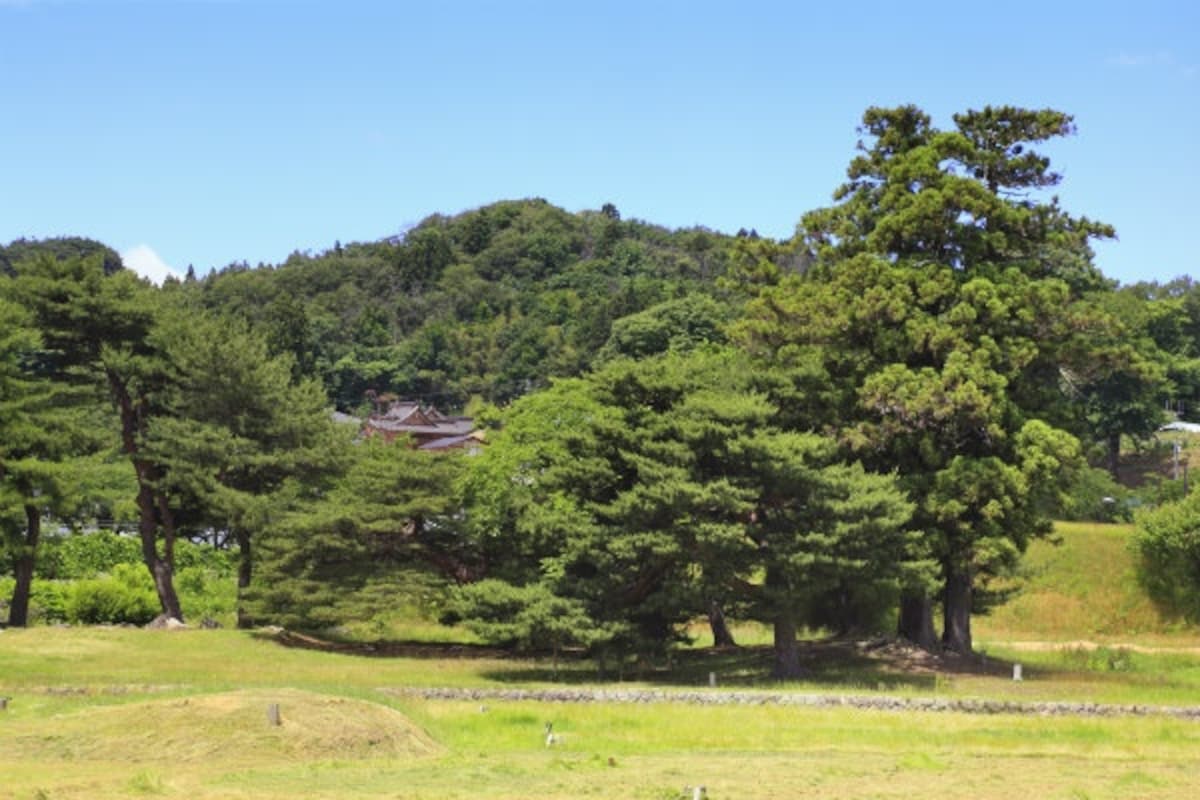
Mount Kinkeisan is a cone-shaped mountain that is about 60 meters (197 ft) high. It lies between Chuson-ji and Motsu-ji. As legend goes, a pair of golden chickens, a rooster and a hen, were buried here to protect Hiraizumi.
3. Remains of Muryoko-in
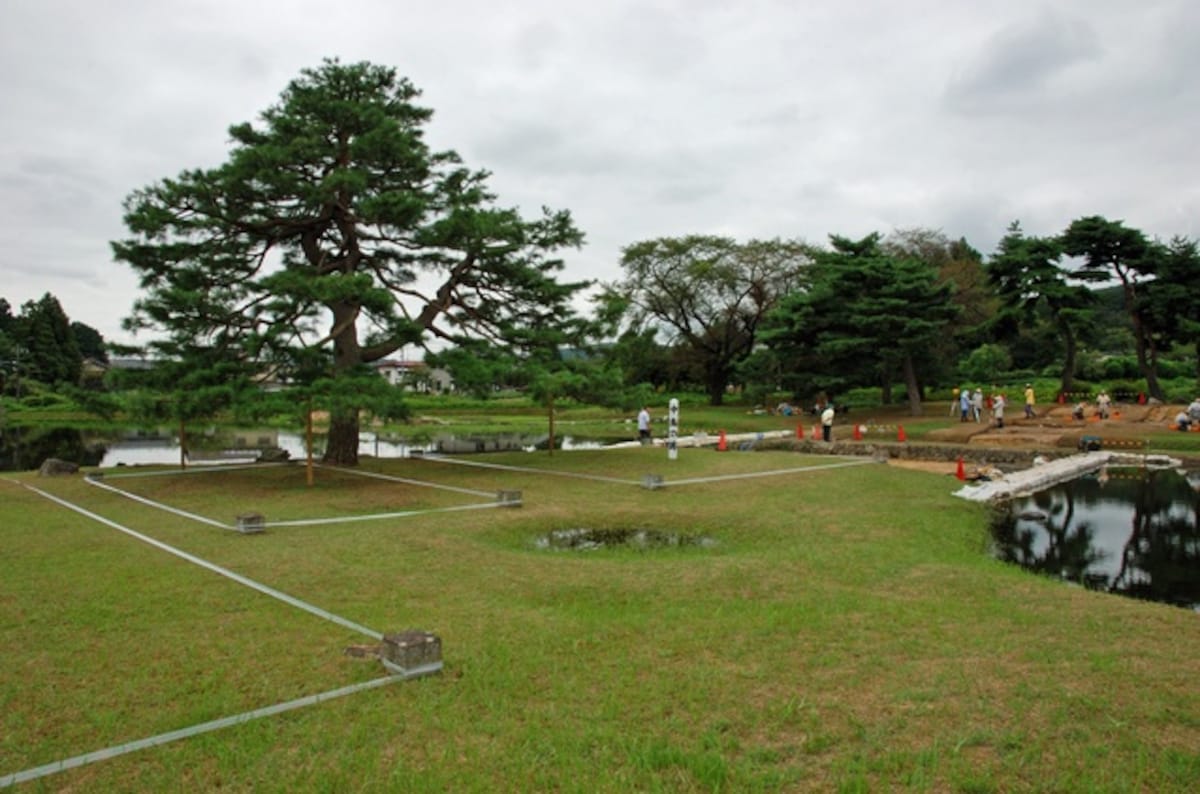
Muryoko-in was built by Fujiwara no Kiyohira in the late 12th century. The temple itself has been destroyed by fire, and only cornerstones and the remains of the pond can still be found.
4. Motsu-ji
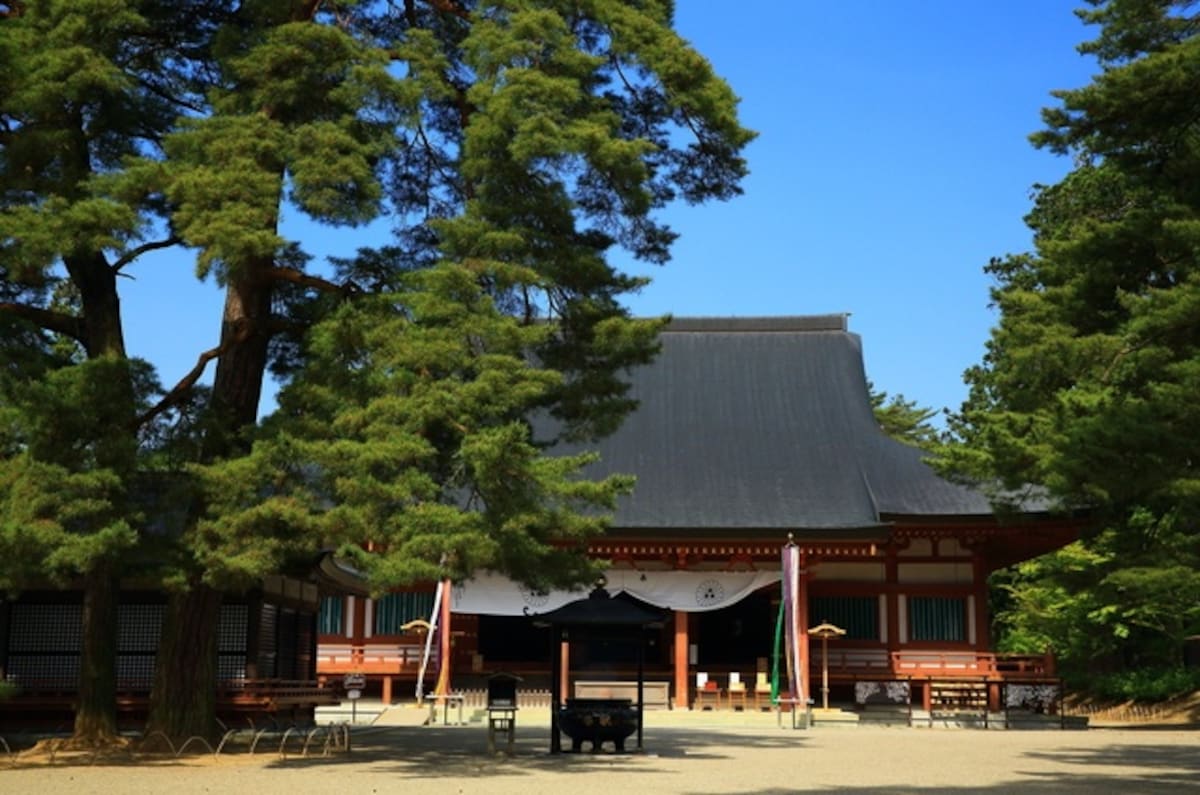
The origins of Motsu-ji are said to date back to the ninth century. Fujiwara no Motohira and Hidehira built many structures, including temples and gates. The photo shows the main hall of Motsu-ji.
5. Remains of Kanjizaio-in
Kanjizaio-in is said to have been built by Motohira's wife, but was burned to the ground during a war in 1573.


